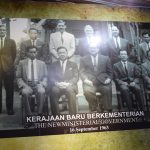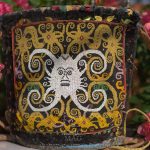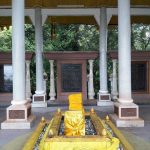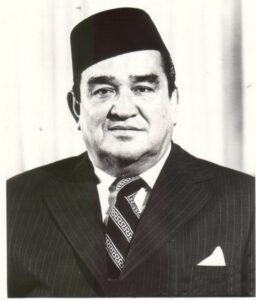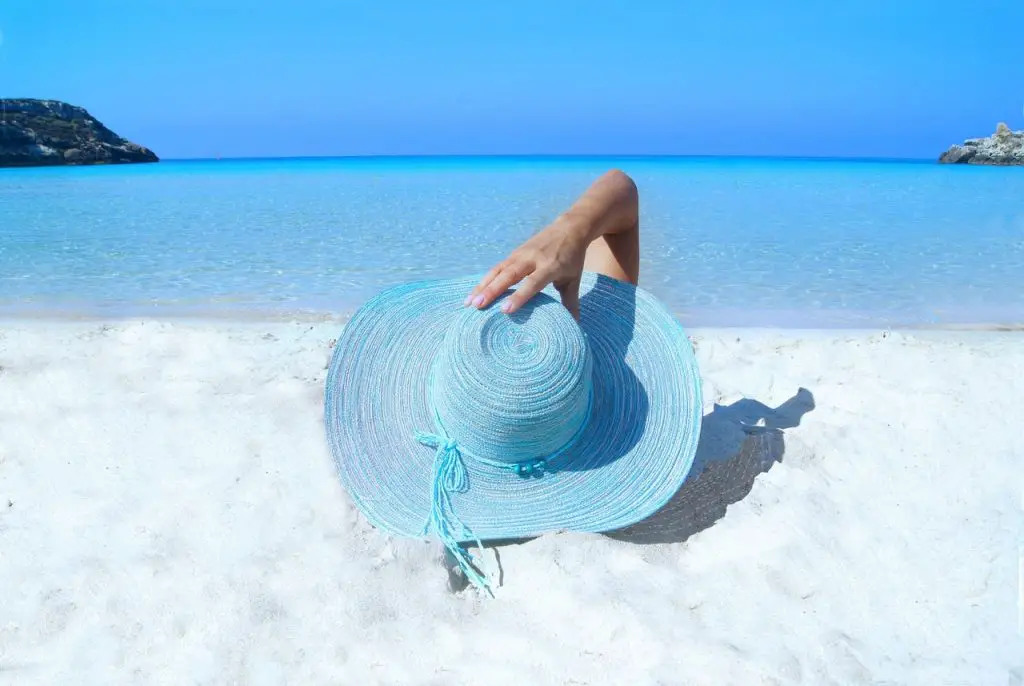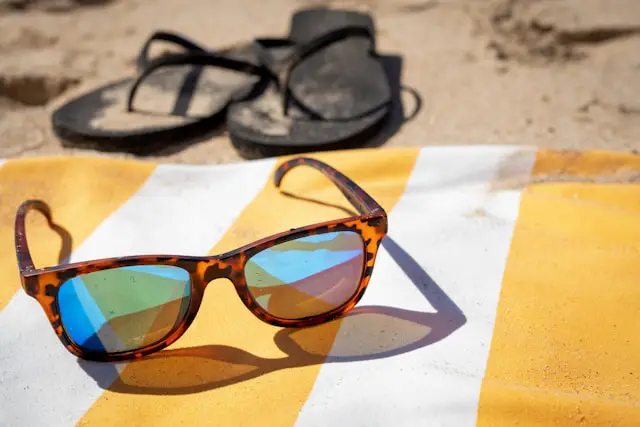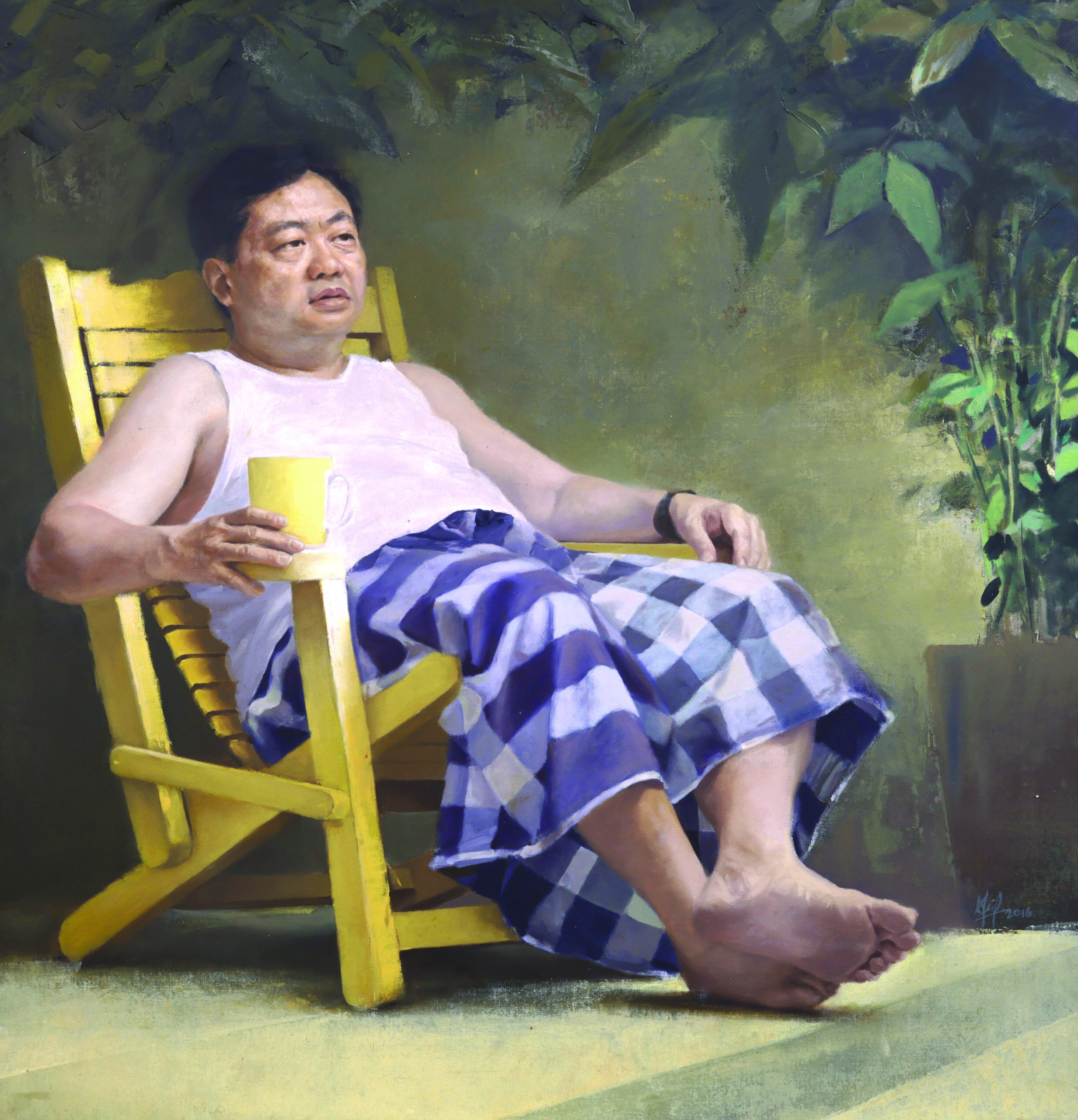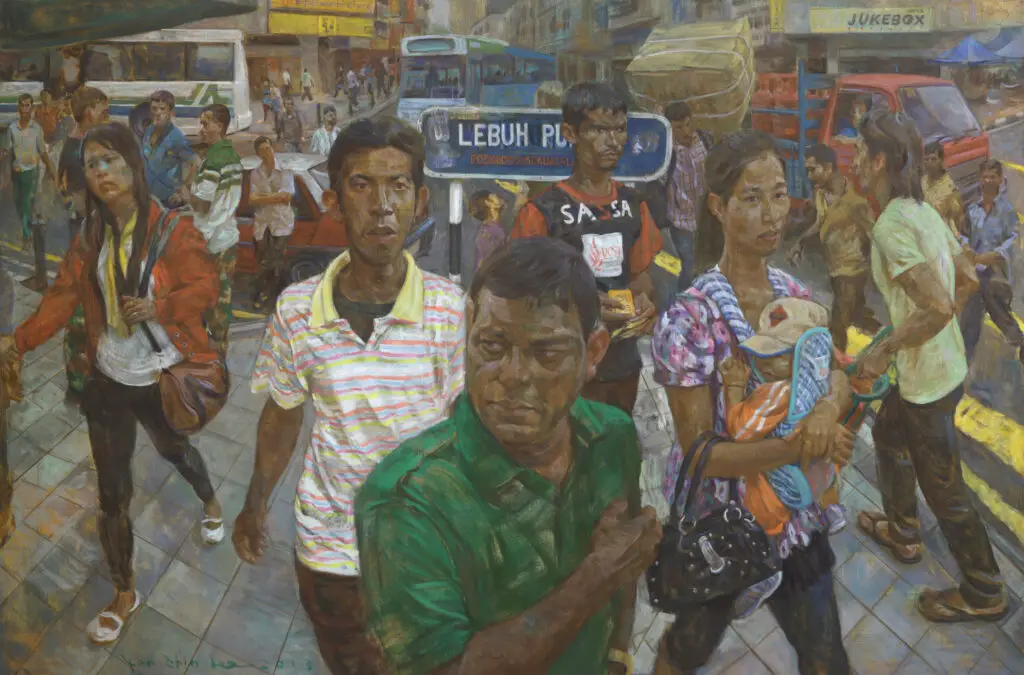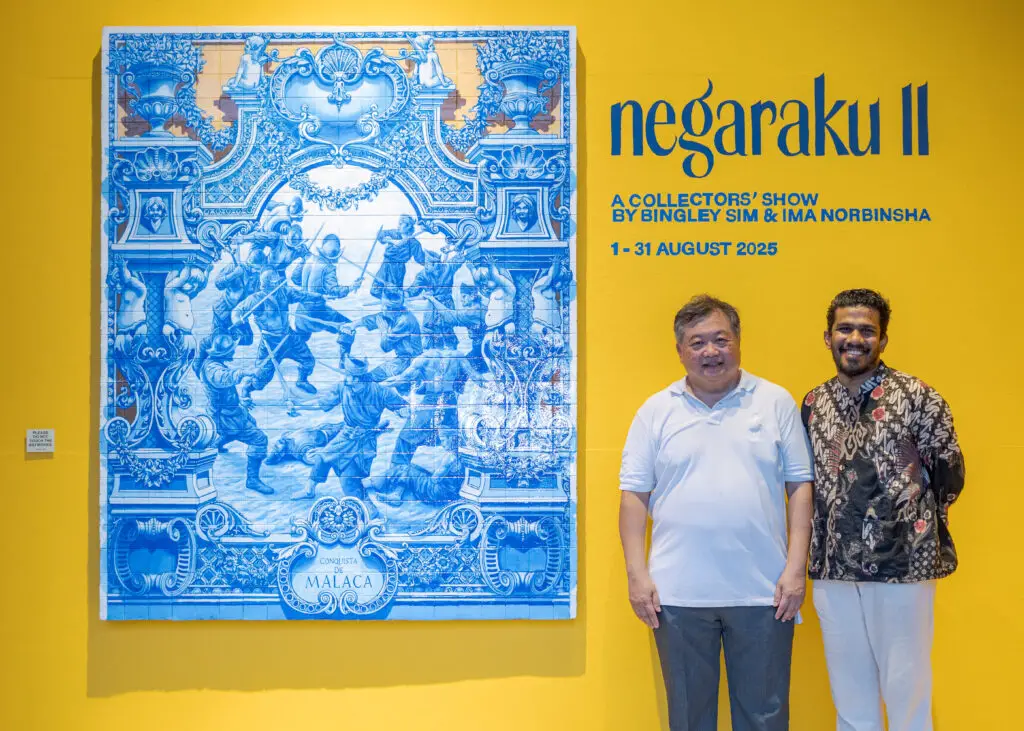Growing up in Malaysia, you may or may not have heard of this traditional beauty regime. Widely used among the Malay community, ‘bedak sejuk’ is a facial mask that will turn your face a ghostly white for one night as it works its magic.
The phrase ‘bedak sejuk’ in Malay is directly translated as ‘cold talcum’.
If you have never heard of it, here are five things you need to know about ‘bedak sejuk’ which is still widely used today.
1.The key is in the rice.
This traditional facial mask is basically made of rice. The quality of a good ‘bedak sejuk’ depends on the quality of the rice.
To make your own bedak sejuk, the rice firstly must be soaked in an air-tight container for about four to six months. You have to remember to replace the water from time to time.
After the end of soaking period, the rice will turn soft. Then, put in a little bit of rose water and pinch the mushy rice into small teardrop shapes (see pic below). Dry the ‘bedak sejuk’ in the sun before storing them in an air-tight container. (Some people would store the ‘bedak sejuk’ with pandan leaves to make it more fragrant.)
If it is too much of a hassle to make, you can find them at the local grocery store, especially in the kampung areas.

2.Traditionally, women used it during their confinement or postpartum period.
‘Bedak sejuk’ is usually used by Malay women after giving birth. This is to revitalise their skin after all the hormones changes during their pregnancies.
To apply them, take a bit of the bedak sejuk and mix it with water to turn it into paste. Then, cover your face with the paste like a mask and leave it on overnight. Wash your face as usual in the morning.
3.‘Bedak sejuk’ is believed to have many benefits.
Many believe that this facial mask gives plenty of benefits. It is good to smoothen your skin, reduce the oiliness of your face, the appearance of pimples as well as peel away dead skin.
Some people even go as far as covering their whole body with ‘bedak sejuk’ because of its aftereffect which leaves the skin feeling silky and smooth.
4.There is no scientific research done on it so far.
However, no scientific research has been conducted to prove that ‘bedak sejuk’ really works.
But there are many beauty brands out there that use rice as the base ingredient for their products. These include Rorec, Chriszen, The Face Shop and Skinfood.
5.There are other cultures that use rice in their beauty regime too.
The Malay community is not the only one which has been using rice as part of their beauty regime.
The Koreans have been using rice-infused water to wash their faces for generations. They believe it brightens the skin and has anti-inflammatory properties.
The Yao people, a minority in China and Vietnam, use rice water to wash their hair. In Japan, Geishas use yu-su-ru (boiled-down rice water) to wash their faces. It helps to keep their skin elastic, smooth and fair.



